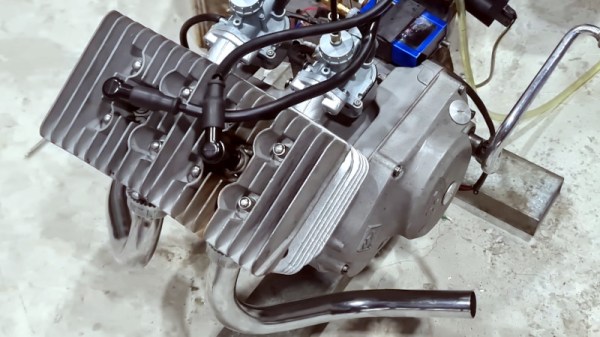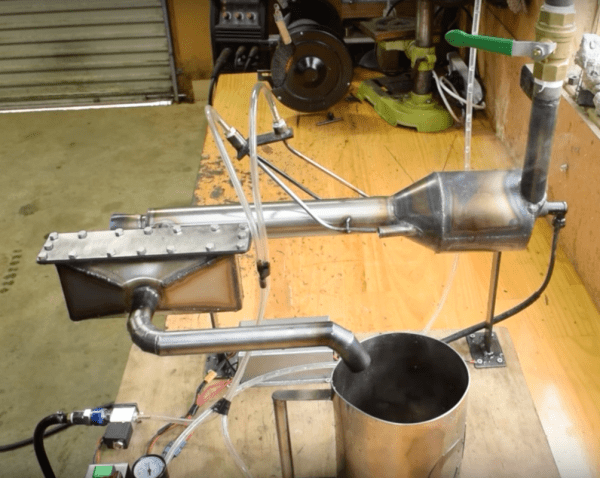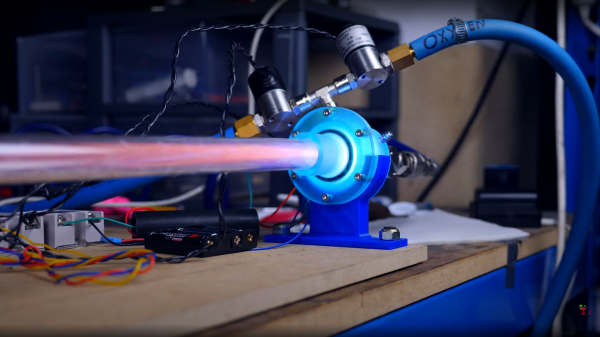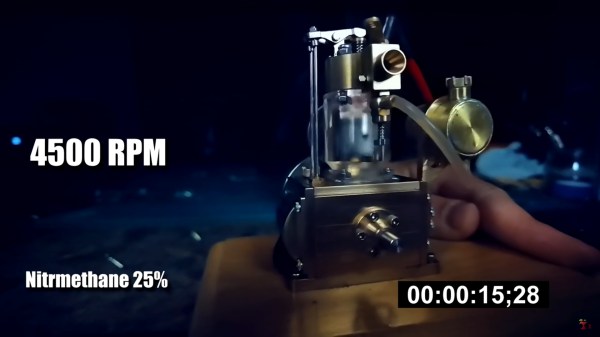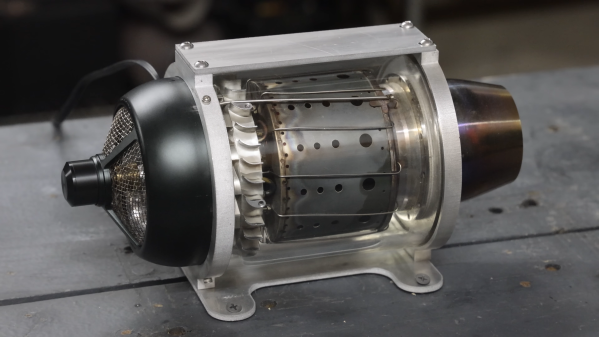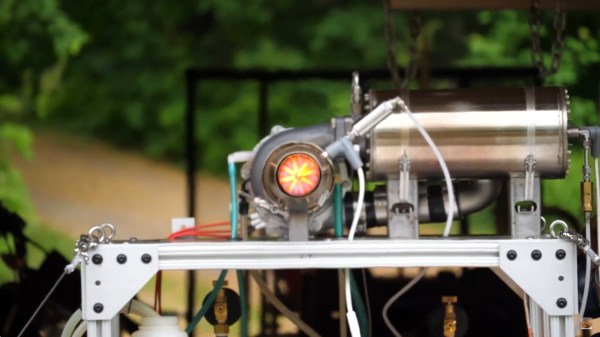The fastest motorcycle in the world is not some elite racer piloted across the salt flats at crazy speeds, instead it’s your first bike. Even if it’s a 50 cc moped, no other motorcycle you will own afterwards will give you that same hit as the first time you sit astride it and open the throttle. It has to be admitted though, that 50 cc mopeds are slow if it’s not your first ever ride. Really slow. How can they be made faster? Perhaps an extra cylinder will do the trick. In the video below the break, [LeDan] takes a single cylinder Simson moped engine and turns it into a 2-cylinder model.
The build has something of the machining porn about it, but who doesn’t like to sit down and watch as rough metal is transformed into a machined finish? A second Simson engine is used as a donor, and from it another crankcase section is fabricated. In that foes a newly enlarged crankshaft which we’re supprised not to see being balanced, and on the end of the whole assembly goes the Simson end casting. Two cylinders and their blocks the bolt on top, and the engine is complete. It’s a twin-carb model, and we have to admit curiosity as to whether small two-strokes need their carbs balancing. The result seems to work, though we don’t see it on a bike or at high revs. The kid with this engine really would have the fastest motorcycle in the world — compared to his mates.
As you might expect, this isn’t the first small engine build we’ve seen.

